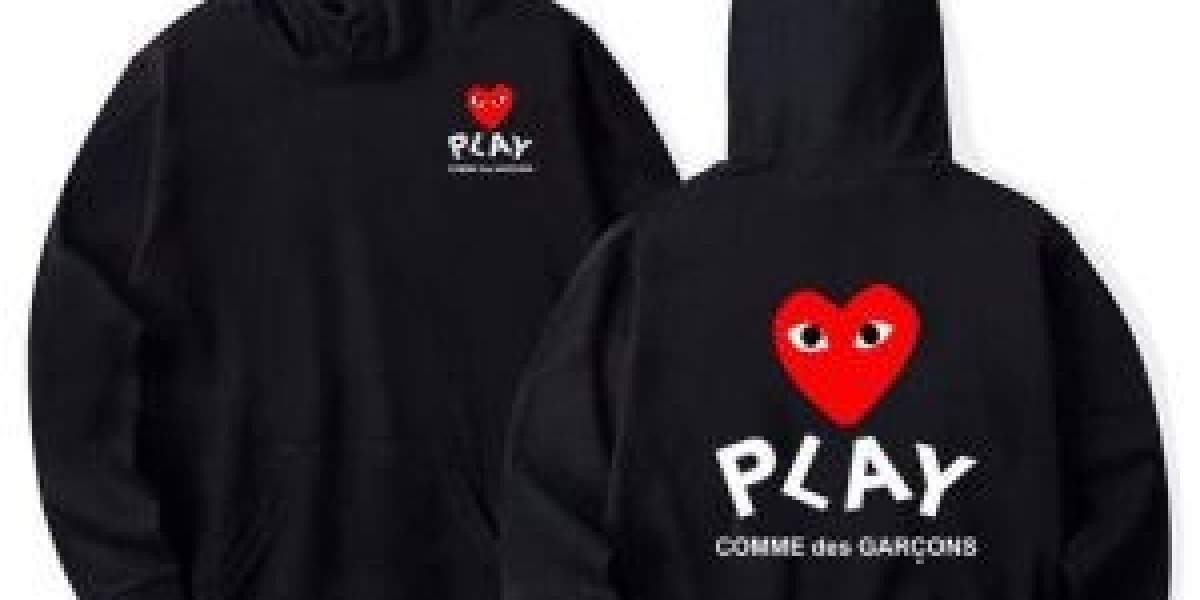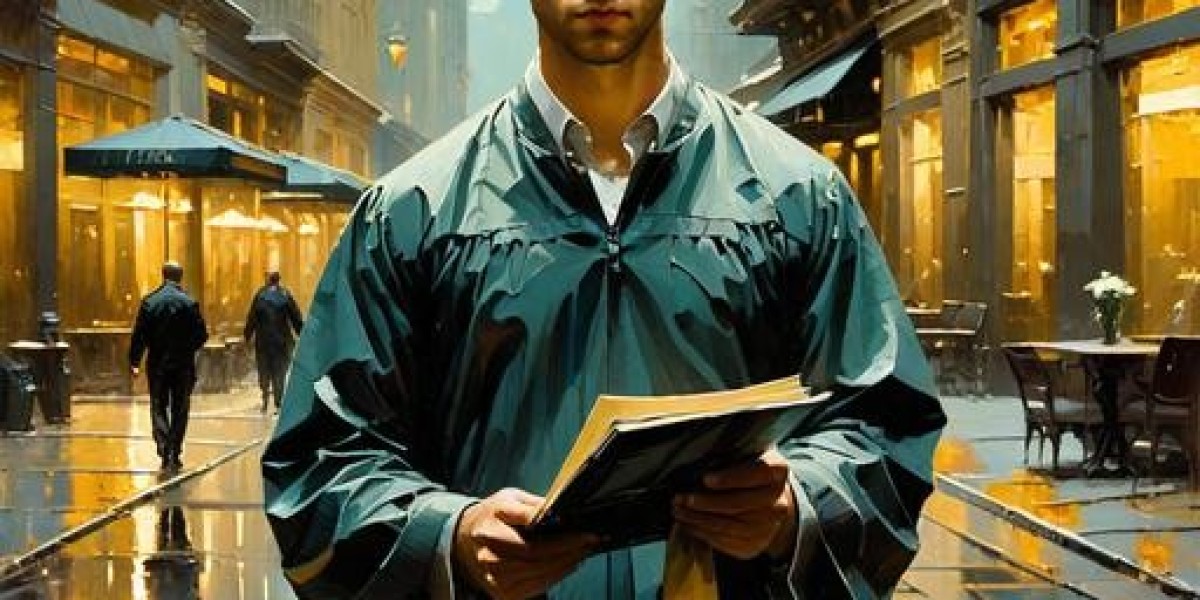Fashion is a realm where creativity often follows familiar patterns, seasonal palettes, and mainstream expectations. But every now and then, a designer or a label emerges that completely rewrites the rulebook, challenging perceptions and expanding the boundaries of wearable art. Comme Des Garcons, the Japanese fashion label helmed by the iconic Rei Kawakubo, is one such force in the world of avant-garde fashion. To wear Comme des Garçons is to step into the unexpected — into a world where fashion becomes concept, form defies function, and the bizarre becomes beautiful.
The Origins of an Iconoclastic Vision
Founded in Tokyo in 1969, Comme des Garçons began as a label rooted in radical minimalism and intellectual rebellion. Rei Kawakubo, who had no formal fashion training, started creating clothes out of a personal desire to communicate ideas rather than to simply dress the body. By the early 1980s, when the label made its Paris debut, it had already started to shake up fashion orthodoxy with asymmetrical cuts, deconstructed tailoring, and a signature color palette dominated by black.
That debut was not met with universal acclaim. In fact, many critics and fashion insiders were confused or even horrified by the brand’s apparent rejection of traditional beauty. But therein lay its power. Comme des Garçons was not trying to fit into the fashion system — it was trying to reinvent it. Kawakubo’s philosophy that “creation takes things away” began to resonate, and the label slowly gained a cult following among those drawn to its subversive aesthetic and intellectual rigor.
Defying Form: The Comme des Garçons Aesthetic
At the heart of Comme des Garçons is the concept of anti-fashion. Its pieces often appear unfinished, torn, oddly proportioned, or layered in ways that challenge our expectations of how clothing should function. These are garments that speak — not only about the wearer but about society, identity, and transformation. Whether it's a blazer that resembles a crumpled sculpture, or a dress that warps the body with exaggerated padding, each piece questions the notion of beauty and conformity.
This defiance of convention has led the brand to explore shapes and silhouettes rarely seen outside of art installations. Padded dresses that distort the female form, jackets with phantom sleeves, skirts built from torn and stitched-together fabrics — these are not just garments, they are provocations. They ask the viewer, and the wearer, to reconsider the relationship between body and clothing, between utility and expression.
Comme des Garçons as a Cultural Statement
To wear Comme des Garçons is to make a statement, even if you don’t say a word. These pieces are not just clothes — they are cultural texts. They speak of rebellion, of resistance, of a willingness to embrace the unconventional. While other labels may offer pieces that “make a statement,” Comme des Garçons offers an experience, a journey into a space where fashion becomes philosophy.
For example, in Kawakubo’s Spring/Summer 1997 collection titled “Body Meets Dress, Dress Meets Body,” she presented a series of bulbous, padded dresses that distorted traditional notions of the feminine silhouette. While some dismissed the collection as grotesque, others hailed it as a critique of societal beauty standards. This is what makes Comme des Garçons special — every collection is an essay, every piece a paragraph in a larger cultural conversation.
Collaborations That Expand the Unexpected
Comme des Garçons is not just a single-label universe. Over the decades, it has grown into a galaxy of sub-labels and collaborations that reflect different dimensions of its overarching philosophy. From the high-end theatricality of the main runway line to the more wearable yet still conceptual Comme des Garçons Homme Plus and Comme des Garçons Play, the brand offers multiple entry points for those who want to engage with its aesthetic.
The brand's collaborations with companies such as Nike, Converse, Supreme, and even H&M have brought its singular vision to a wider audience — often without diluting its core values. The now-iconic Play line with the red heart-with-eyes logo has become a staple of streetwear culture, offering a more accessible way to wear the Comme des Garçons name without compromising its avant-garde DNA.
Fashion as Art and Resistance
In a world that often celebrates excess and superficial glamour, Comme des Garçons represents a deeper, more introspective side of fashion. Rei Kawakubo once said, “I want to make clothes that don’t exist already.” That desire to create from a place of originality rather than trend has allowed the brand to maintain its integrity across decades.
Its exhibitions at institutions like The Metropolitan Museum of Art and the Museum of Contemporary Art in Tokyo further affirm that Comme des Garçons operates at the intersection of art and fashion. These shows are not mere displays of past collections but are immersive experiences that explore themes such as fragmentation, abstraction, and transformation.
Who Wears Comme des Garçons?
The typical Comme des Garçons wearer is not defined by age, gender, or profession. They are defined by attitude — a fearless embrace of difference and an appreciation for fashion as a form of personal and political expression. Whether it’s an artist in a cocoon-like coat or a tech executive in a reconstructed blazer, each individual who dons Comme des Garçons is stepping outside the norm and into a world of conceptual play.
Importantly, the label’s embrace of androgyny and gender-fluid fashion has helped it remain culturally relevant and ahead of its time. Long before genderless fashion became a mainstream conversation, Comme des Garçons was already operating in a post-gender space, where clothes were not defined by the body they dressed, but by the idea they represented.
The Comme des Garçons Legacy
Rei Kawakubo’s influence can be felt throughout the fashion industry, from young avant-garde designers to the aesthetics of global powerhouses that have adopted some of her once-radical techniques. But what sets her apart is her refusal to be anything but true to her own vision. Comme des Garçons is not a brand that chases relevance; it defines it.
Every collection is a reminder that fashion can be so much more than a commercial enterprise. It can be an act of rebellion, a search for meaning, or a mirror reflecting the complexities of our time. Comme des Garçons is for those who are not content with looking good — they want to feel, to question, to evolve.
Final Thoughts: Dare to Be Different
In a fashion world that often feels increasingly Comme Des Garcons Converse homogenized by trends and influencers, Comme des Garçons stands as a bastion of creative independence. Wearing its pieces is not about fitting in — it’s about standing out, even when it means being misunderstood.
To step into the world of Comme des Garçons is to step into the unexpected — a place where beauty is strange, form is fluid, and every piece tells a story. It is a journey worth taking, not just for the fashion, but for the freedom it represents.








